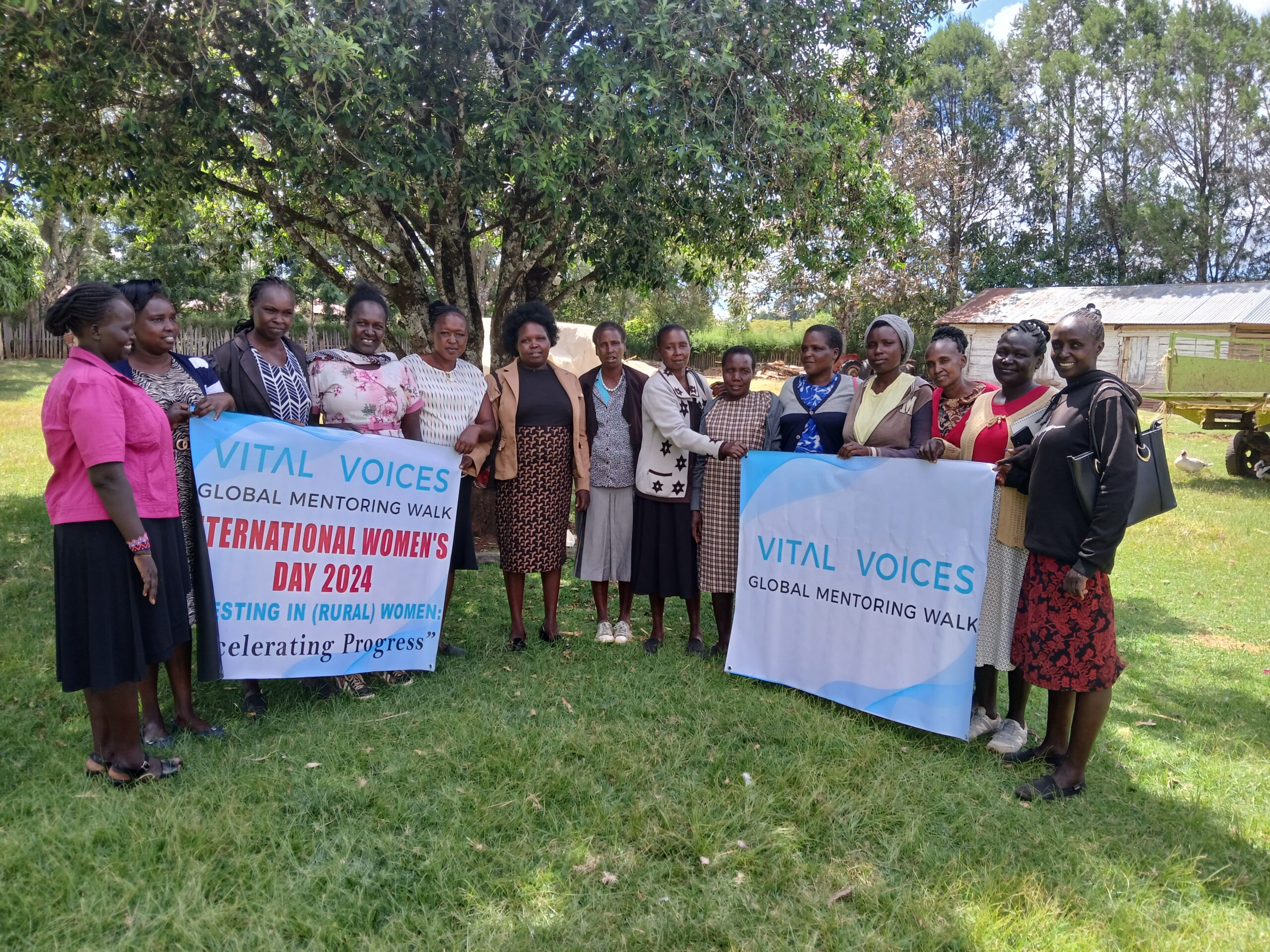How Does Inclusion Look Like in Underserved Communities

March is a special month for women globally. We celebrate a whole month of #womenHistory, a day for International Women’s Day and the United Nation’s Commission on the Status of Women.
Decades upon Decades, the international community gather around the world to deliberate, share insights, advocate and come up with resolutions. But in every gathering, as well, gaps seem to be glaring with every passing year and more women seem to still be left behind as the world develops.
This year’s theme for International Women’s Day is: Invest in women: Accelerate Progress. The whole month’s clarion call is: #InspireInclusion. Following the deliberations at the CSW, it is apparent that inclusion is the word being championed by most if not everyone in the Women’s rights space.
The glaring gaps are being tracked down to women in undeserved communities especially in developing and least developed countries. Statistics are pointing towards exclusion of grassroots organizations in global affairs yet they serve the target population and most are actually ran by the women themselves .
Pointers are showing that, most funds don’t get to grassroots organizations, instead are channeled to bigger organizations with the hope that it will trickle down. Furthermore, there’s evidence of structural inequalities and biases against locally led organizations in a way that they’re deemed incompetent and too small to work on Global issues- yet they’re proximal to the populations that need to be included in development in order to close the gaps.
According to an article by Imaginable Futures,only 5.2% of grant dollars directed to Sub-Saharan Africa from US foundations go to local organizations. And across East African nations, only 10% of funding are granted to local founders.
Being a locally founded and grassroots serving organization ourselves, this is not surprising. Addressing issues at the grassroots level is far much complex than the way they’re presented on paper. This is where the mismatch between funding organizations/donors and recipients at grassroots arise.
In our case, we address the gaps of women leadership in communities and delving into factors that lead to this. This we do through learning workshops in collaboration with local women groups. In real essence, we are supposed to just deliver learning sessions and challenge the women to think and act on how they can be more involved in leadership.
Reality at the communities makes it difficult to just use workshops to engage the women. In most cases, there are layers of issues that need to be addressed before talking about leadership- which in essence is a vague idea that’s difficult to apply to everyday life.
When crafting proposals, it becomes difficult to incorporate some of the issues into the project yet the communities need them addressed. And this is how organizations at grassroots miss out on funding and collaboration with donors.
Undeserved communities still struggle with barriers that seem trivial in today’s world, but these are the real things that continue to exclude them from development. For example, addressing girl’s education cannot be done without confronting period poverty. Yet, distribution of sanitary supplies is seen as something that shouldn’t be included in a proposal for leadership training for the girls.
Sadly, the communities can’t sit in a workshop all day to listen to leadership lessons if their girls miss school for lack of sanitary supplies. And the long term ripple effect of missing education opportunities is not being able to take part in most decision making initiatives and taking up leadership positions. Privilege to get higher level education is what has placed many women in leadership positions.
Investing in women at grassroots starts with the small matters that rarely make sense, then gradually moving to more complex areas. The glaring gaps hindering inclusion are the blind spots present in invisible communities that don’t get attention of big global charities and funding organizations. Big and complex global affairs need translation and simplification to be relatable and applicable in the affairs of the communities.
Areas that have been identified to correct biases and power imbalances that exclude grassroots organizations include meaningful collaborations, flexibility in funding and building trust both ways; for donors to see the sense in the complexities of grassroots communities’ needs and the serving organizations to have opportunities to share real time information with funders on their work with communities.Funders can also co-design programs with grantees instead of relying on a one fits all template system that will definitely knock out most grassroots organizations.
Most grassroots communities are facing real challenges of digital divide and since information flows on digital media increasingly, they continue to miss out on global affairs. Without visibility, their work cannot be recognized and acknowledged by donors and other supporters. This is a major vicious situation that grassroots organizations and communities find themselves in. Investing in digital technologies is a crosscutting process that can allow information to flow from communities to the world and vice versa. The tools can also be crucial in capturing data that could inform decisions for funders to invest in the communities.
Inspiring inclusion is a long term journey that those in the development space need to walk starting from being present where exclusion is happening most then work from there up. It also requires empathy and flexibility in deliberating with organizations at grassroots and understand the dynamics and complexities of communities.
Numbers don’t lie but if they aren’t matched with real people and situations, we will continue to wonder why after years of action, and billions of dollars invested in stopping inequalities, very little seems to change.
At the Missing Third Project, we continue to inspire inclusion by walking with undeserved communities one step at a time breaking a barrier in each step. Our work will continually incorporate learning with practical solutions towards eliminating the barriers that women in the communities encounter in their environment as they work towards achieving equality.
We are using participatory approaches that allow us to learn more from the communities in order to facilitate impactful and meaningful lessons for them which apply to their lived realities. In this way, leadership becomes a concept they can perceive in their environment and see the importance of being present to make decisions that affect their lives.
